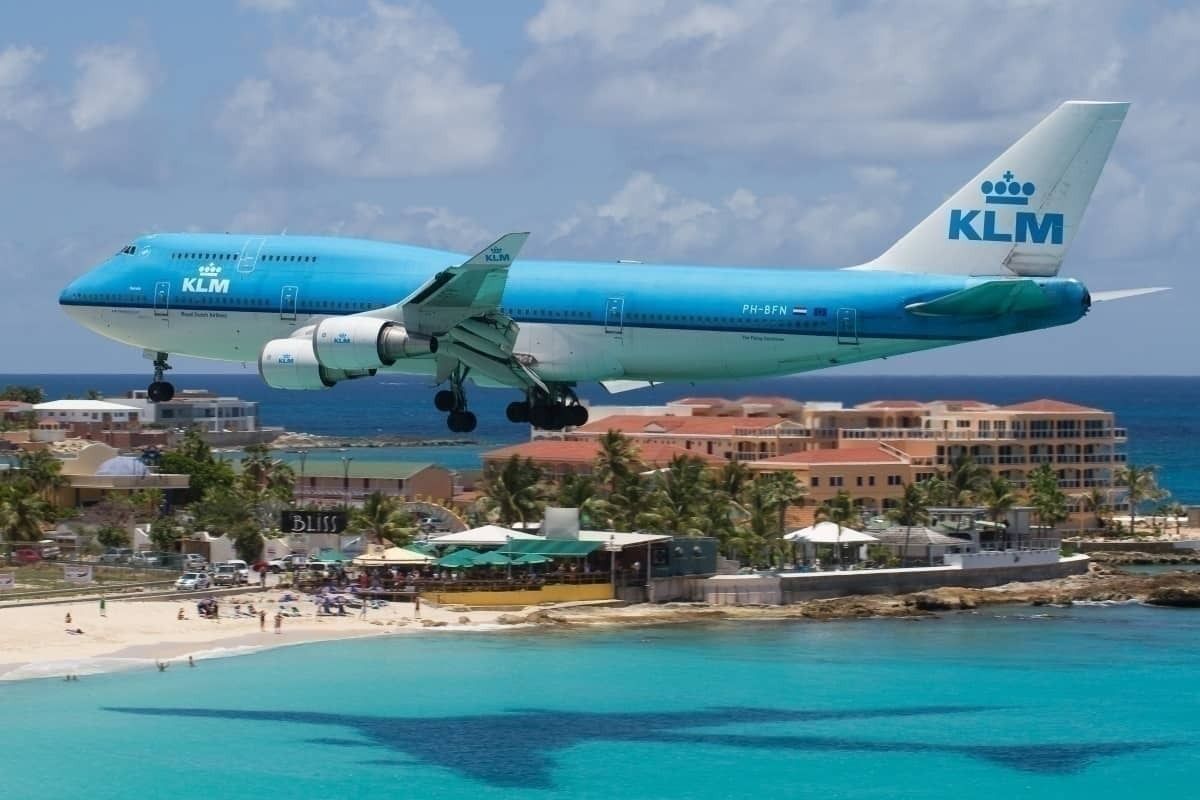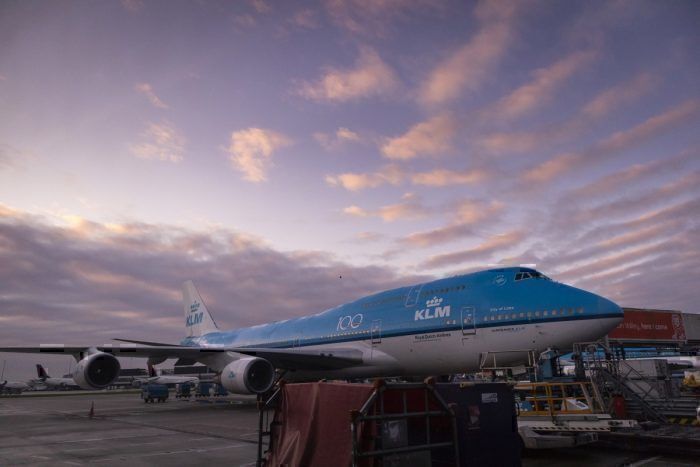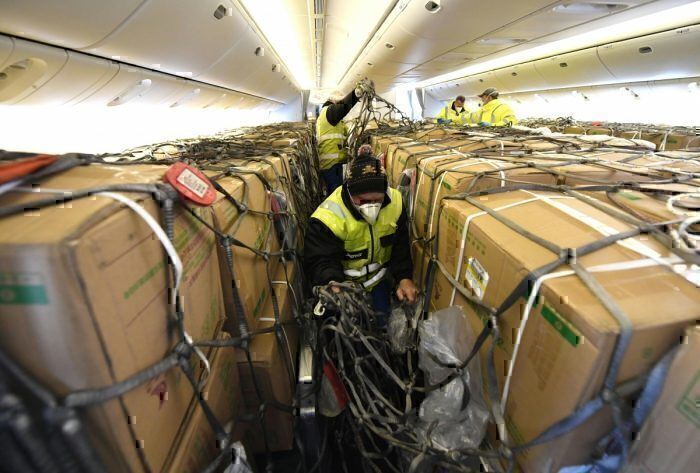The current aviation crisis has given thought to a rather unorthodox idea. Could large aircraft designs split between cargo and passengers make a comeback? Let's explore.
What is a combi aircraft?
The 'combi' variant of aircraft is one that is designed to carry both passengers and large cargo. The name comes from the German word Kombinationskraftwagen (combination motor vehicle), also known as the famous Volkswagen Type 2 van.
Whilst passenger aircraft do have cargo decks to carry passenger cargo, mail, and freight, they are a far cry from larger purpose build cargo aircraft. Larger planes like the Boeing 747-8F can carry a superior capacity of goods, which makes them the preferred cargo option.
However, there is a very small niche of aircraft routes that don't justify a whole cargo plane, and at the same time need more space than what is offered on a passenger aircraft. This is where a combi variant of aircraft comes in.
What aircraft have had combi versions?
Famous combi aircraft include the Boeing 747-400 combi aircraft, deployed by KLM to their Caribbean destinations (although these might have just been retired).
There are also other famous combi versions of aircraft such as the Boeing 737-200QC (Quick Change) that allowed full pallets of cargo in the front and 51 passengers in the rear (with more or fewer seats fixed up quickly if needed). It was deployed by Braniff International extensively back in the 1970s.
Alaska Airlines was operating combi flights up till 2017, using narrowbody Boeing 737-400s that had previously been fully configured for passengers. They flew only 72 passengers, with the rest of the aircraft carrying cargo from Seattle heading north to remote Alaskan destinations.
Essentially, any aircraft can be considered a combi aircraft if it has a larger cargo door and the seats can be easily removed (or flattened) to store cargo. Typically the cargo section is also pressurized higher than the passenger area, to prevent fumes leaking into the seating compartment.
Why would they make a comeback?
What is fascinating is the sudden turn around cargo flights have made. With so many passenger aircraft grounded, we have seen sudden re-emergence of chartered cargo flights using passenger aircraft.
And this has gone beyond just chucking freight on a standard Boeing 777, but actually removing seats from an aircraft and converting passenger planes into cargo-only aircraft.
Through needing the capacity, airlines have brought back the combi concept in force!
From here, airlines are likely to see how useful they are (and how lucrative) and may actually factor in these types of aircraft into their fleet going forward. After all, if they have spent all these resources to get the aircraft configured in such a way, would they be in such a rush to get rid of it?
What do you think? Will combi aircraft stay around for longer? Let us know in the comments.



